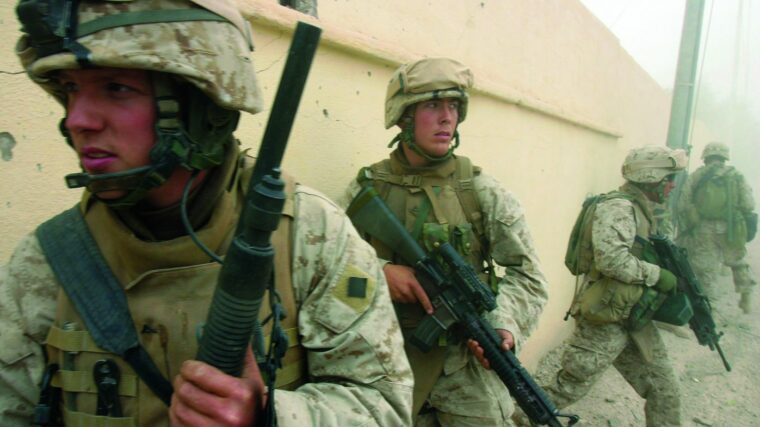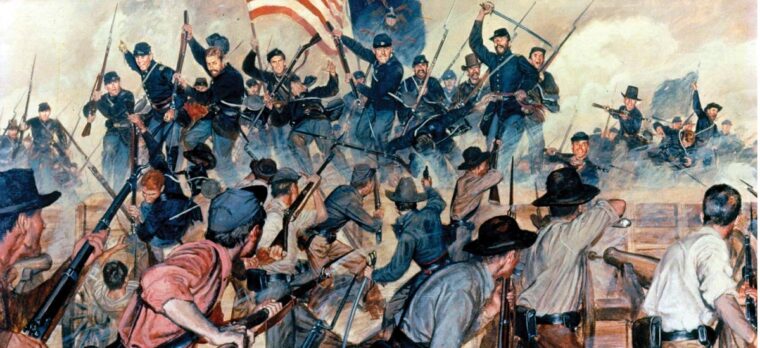
civil war
Revolutionary War Weapons: The American Long Rifle
By David Alan JohnsonBy the mid-1700’s, the American long rifle had acquired an almost supernatural reputation. To the British troops who were unfortunate enough to come up against it in combat during the Revolutionary War, the rifle was more an affliction than a weapon. Read more





















